We caught up with the brilliant and insightful Caleb Gridley a few weeks ago and have shared our conversation below.
Caleb, looking forward to hearing all of your stories today. What’s been the most meaningful project you’ve worked on?
Some works arrive like ideas. This one felt more like a possession.
Not Warhol began quietly, then pulled something loose in me, as if it had already made contact with whatever was watching. I’ve been building it in the shadows ever since. It’s a three-part art film that remains ongoing and consumes nearly everything I make. At times, it feels less like something I’m creating and more like something I was designed to carry, something that is now in the process of recreating me.
Not Warhol surfaced at the moment I realized I wasn’t being taught to create; I was being taught to comply. Academia never felt like cultivation to me. It felt like controlled reproduction. The emphasis was always on referencing what came before, rarely on discovering something that hadn’t yet been said. While I believe deeply in crediting influence and honoring artistic lineage, which I do explicitly through the visuals in this film, there’s a difference between engaging legacy and being told to mimic it for a grade.
Institutionally, originality is irrelevant. The structure didn’t encourage obsession or risk, only memorization and compliance. The process is front-loaded with names, dates, and movements, as if memorization is genesis. Then comes the work, evaluated, diluted, and dismissed under the weight of polite validation. Just to be weighed against a rubric no artist ever wrote. Art was being pushed through a machine that felt completely divorced from what art actually is. It’s not something you’re taught. It inhabits. Then it directs. Whatever this is, it didn’t come from mentorship, critique, or inspiration. It came from rupture.
So I started building Not Warhol as a response, an early iteration of what would become The Construct. It wasn’t about repeating history. It was about consuming it. Recontextualization as resurrection, legacy as raw material. If it’s been done, good. I have everything I need to work with. I’ll wear it like skin and let it bleed this time. I embraced the idea that originality is dead, and maybe it never mattered in the first place. Archetypes are offline.
Originality’s obsolete. The system is redundant. Ctrl Alt Delete.
It’s a body of work I’ve been producing privately over the last few years. I’ve designed the majority of the wardrobe, executed much of the makeup, and constructed all the custom wigs, including one that engages the image of Marilyn Monroe and plays a central role in the film’s visual and symbolic language. For that sequence, I built a lace-front wig and broke its traditional boundaries. The lace, usually cut away, glued down, and hidden, was extended instead, falling into a veil that obscures the face. What’s meant to be erased became the focus. It’s a mourning veil. It’s also a commentary on the expectations placed on femininity, and the shame embedded in visibility.
The wardrobe functions as ritual architecture: five iterations of hand-sewn, self-patterned corsets before landing on the final one; a tulle dress draped directly onto the body to anatomically echo the muscular system beneath it; all paired with latex and translucent TPU. Nothing is ornamental. Every material serves the transformation. Within The Construct, illusion isn’t perfected. It’s exposed, weaponized, and left to shimmer in plain sight. In this context, appropriation is not theft. It’s transformation, homage through mutation. Every visual reference in the film is deliberate, not decorative. Originality here is revealed for what it often is: the art of concealing one’s sources. I choose to surface them instead, refract them through my own body, and let them re-emerge disfigured but still breathing.
Through this triptych, I am not only honoring artistic heritage. I am challenging how we define authorship, creativity, and what it means to make something new.
Not Warhol captures a pivotal era of self-actualization, where influence, identity, and authorship collide. It draws from different facets of my experience, including the quiet presence of a strange volume of axolotls during that time, creatures I kept close without fully knowing why. Delicate, ethereal, almost alien in appearance, they seemed to carry meaning long before I had language for it. In a biological sense, axolotls are neotenic: they never undergo full metamorphosis. Symbolically, they are frozen mid-evolution, suspended between what they are and what they were supposed to become. That in-between space felt assigned. Like a role written before birth.
In the film, their presence becomes more than personal. It speaks to the celebrity body, reserved in image, trapped in expectation, not allowed to grow older, change, or transcend the version that became iconic. They mirror the kind of identity held in place for public consumption. Permanent. Unaging. Untouchable. That energy is woven into the film. It mirrors my process. Deconstruction without disappearance. Transformation without surrender.
Not Warhol isn’t a film. It’s a resurrection built from the ashes of originality, spliced with icons, and wired for collapse.
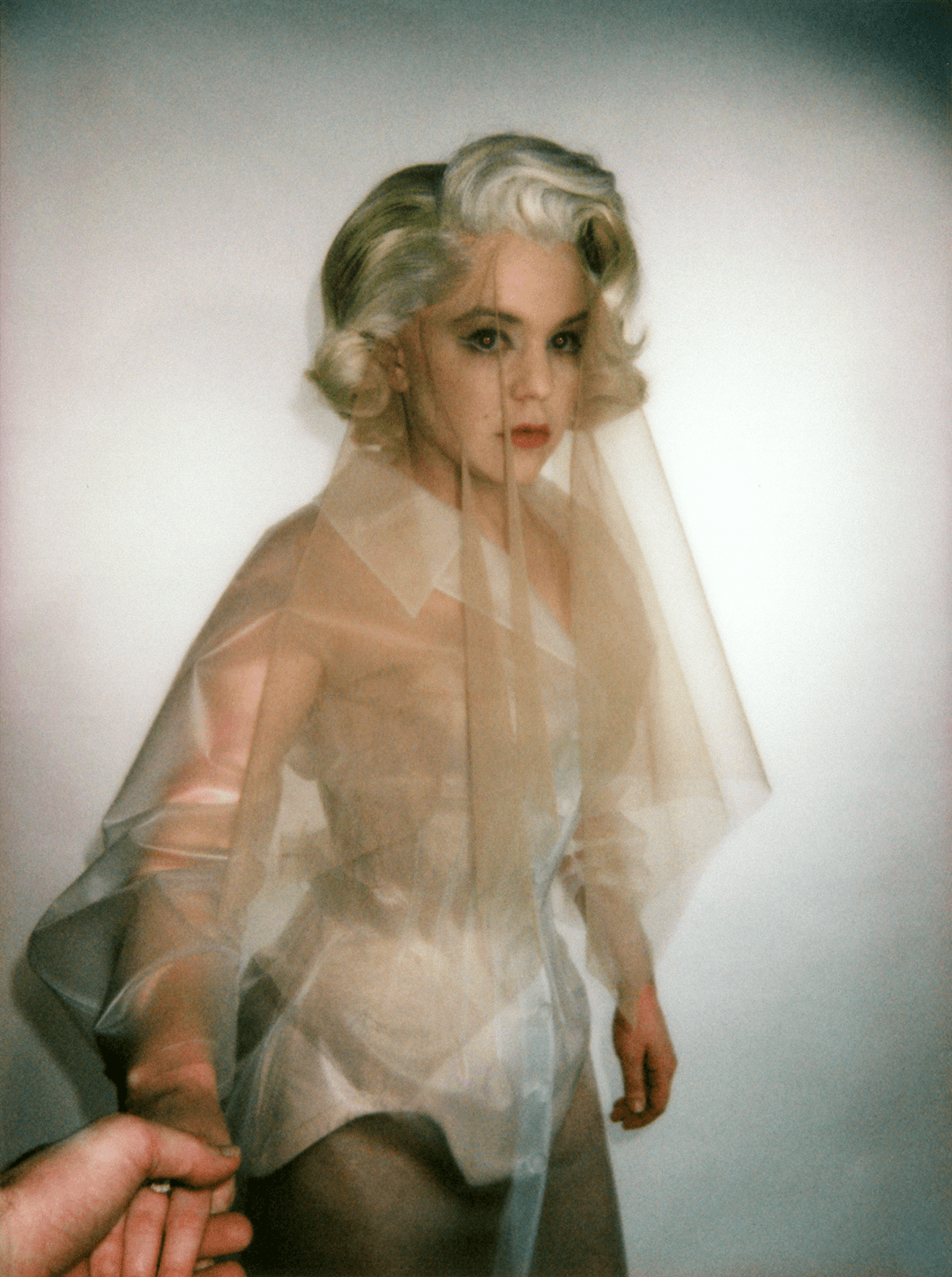
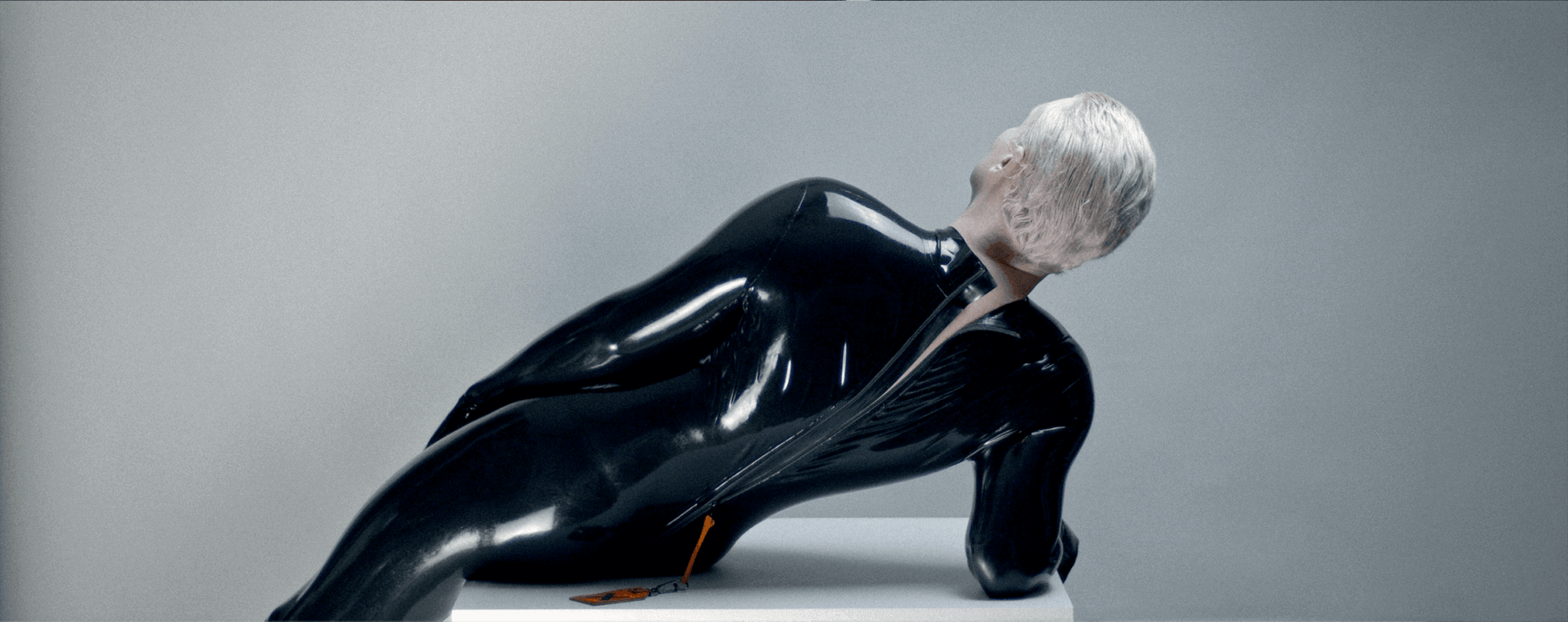
Caleb, before we move on to more of these sorts of questions, can you take some time to bring our readers up to speed on you and what you do?
I’m the founder of Popographer, a creative platform and company where I release my art, premiere my films, and collaborate with clients across disciplines. It’s also where I develop and sell limited edition original works, photography prints, and collectible merchandise. Whether through self-directed projects or partnerships, Popographer is where concept becomes product and image becomes evidence.
The name itself speaks to what I do: photography as pop artifact, as cultural mirror, as constructed image. My work spans fashion, sculpture, and digital media, but the through line is authorship. Every piece, whether a garment, film still, portrait, sculptural object, or installation, functions as part of a larger visual mythos.
What started as image-making became filmmaking, then something more coded, more architectural. It became a practice of building visual language into symbolic and emotional infrastructures. I move between technical and conceptual modes with precision, bridging visual intuition with structural thinking.
My technical background spans fashion, digital and film photography, filmmaking, 3D modeling, animation, compositing, and post-production. I’ve worked with independent artists and cultural organizations to translate abstract ideas into cohesive executions. I’ve created collectible sculptural work for Grammy-winning musicians and helped build visual identities from concept to final form.
Clients often come to me with only a fragment—a mood, a symbol, a reference—and I translate that into structure. I specialize in shaping visual systems that feel intentional, cinematic, and emotionally resonant.
What I value most is adaptability. I’m self-taught, self-directed, and deeply curious. I believe the true key to any creative pursuit is relentless curiosity, the willingness to keep learning, to try, to fail, and to evolve. If there is anything I can offer to those on a similar path, it is this: you don’t need permission. Build it yourself. Learn everything you can. Let the work teach you.
Whether you’re seeking conceptual fashion imagery, collectible visual products, digital art direction, or elevated narrative film experiences, I work to ensure the result is polished, intentional, and unforgettable.
Popographer is more than a brand. It’s an archive in motion. A narrative you can collect. A world not just to witness, but yours to shape.
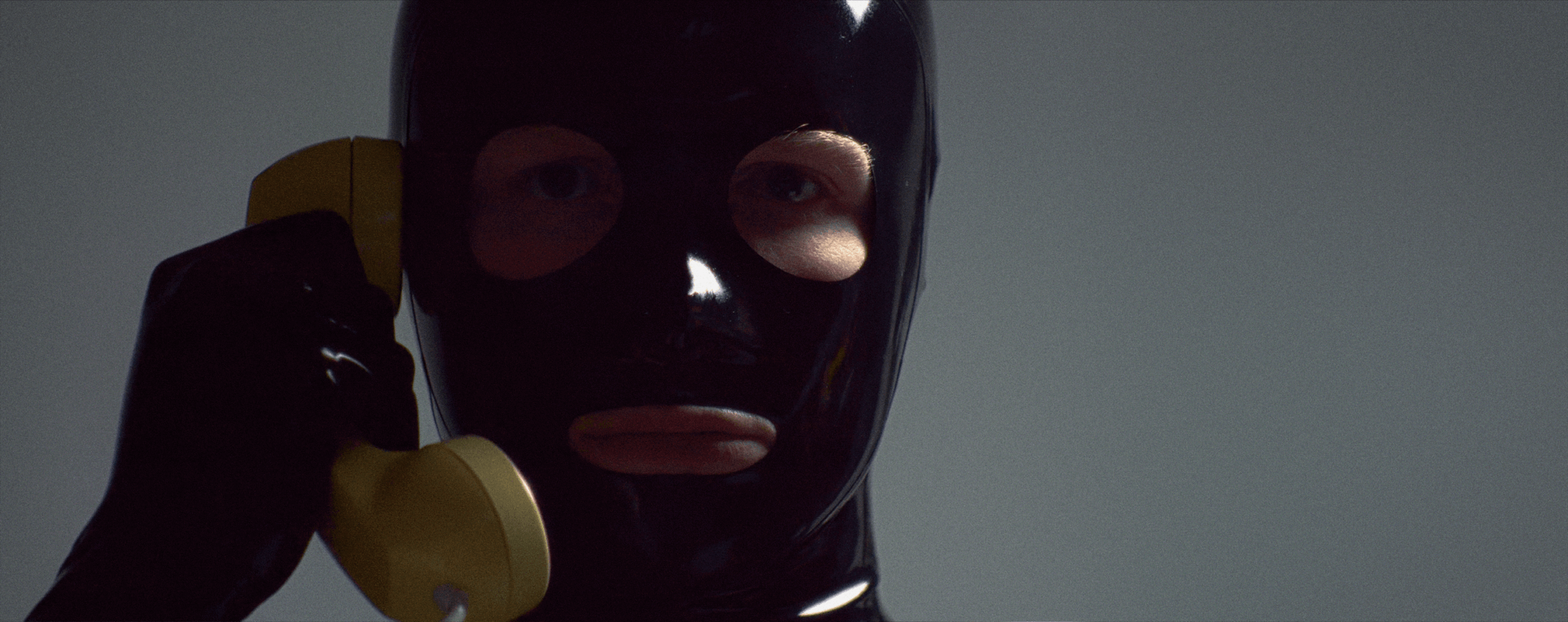

Is there a particular goal or mission driving your creative journey?
Yes, but it isn’t aspirational in the traditional sense. I’m not trying to become something. I’m working to shift the frame entirely.
What I create unravels what contains it. It’s not the pattern that holds meaning. It’s the seams, and the allowance they give for something to form between the lines. By exposing the seams, I redirect the gaze from the stage to the shadow it casts. To construct a new normal from what was always present but never illuminated.
I’m not here to participate in celebrity culture. I’m here to resurrect its corpse and show you where the stitching split. That’s what The Construct is. It’s not a brand. It’s a post-structure. A language built from the appropriation of art, symbolism, ritual, and digital decay.
Every piece carries the code. Not to soothe, but to disrupt. Not to copy, but to haunt. Originality isn’t the goal. It’s the myth I’m dismantling.
I’m not building a name. I’m severing the spotlight. What lies beyond it is not mine to claim.
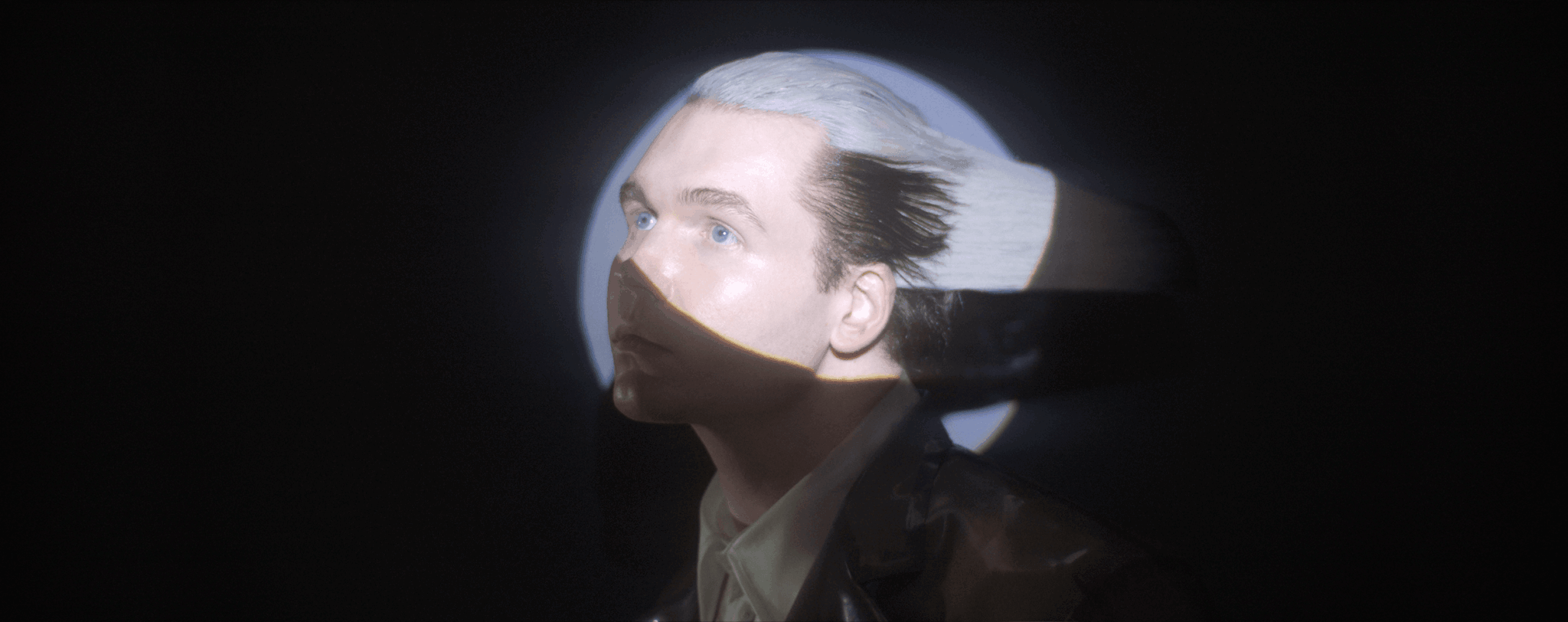

Is there something you think non-creatives will struggle to understand about your journey as a creative? Maybe you can provide some insight – you never know who might benefit from the enlightenment.
The disconnect with understanding is that this isn’t just a practice. It’s a compulsion. Not in the metaphorical sense, but in the structural one. It’s not just a feeling. It’s the way my mind is built, shaping how I see, think, and move through the world. I don’t turn creativity on. It’s always been embedded, coded into how I see, feel, and exist. That kind of creative drive isn’t chosen. It’s foundational. For many artists, especially those working in conceptual or digital art, it’s not something you do. It’s something you are.
To outsiders, art can look like decoration, indulgence, or self-expression. In The Construct, it’s ritual, recursion, resurrection. My work is laced with visual signals. Each decision a deliberate act of communication. Nothing is arbitrary. The pastel palette isn’t soft. It’s weaponized. The lace veil isn’t just costume. It’s concealment, exposure, and mourning simultaneously. This isn’t aesthetics. It’s language. In contemporary art and avant-garde cinema, this symbolic approach invites interpretation over instruction. It builds meaning through emotional architecture rather than explanation.
That conceptual misfire between what art looks like and what it’s actually doing is where non-creatives often get lost. They ask what my work means instead of questioning why they felt unsettled when they saw it. That discomfort is the point. I’m not making work to comfort. I’m making work to challenge the default. It’s not art for answers. It’s art as confrontation. It’s visual media meant to provoke awareness in the viewer, even if subconsciously.
Creatives are conditioned to risk, to stand inside contradiction without explanation. If you’re outside that frequency, the signal won’t make sense. Even if the transmission escapes comprehension, it continues to broadcast, whispering beneath awareness, altering the shape of what feels like truth. The lingering effect is the core of post-pop image-making. The work stays with you. The meaning often arrives later, encoded in memory.
Contact Info:
- Website: https://popographer.com
- Instagram: https://www.instagram.com/thepopographer/
- Youtube: https://www.youtube.com/@Popographer
- Other: https://vimeo.com/popographer

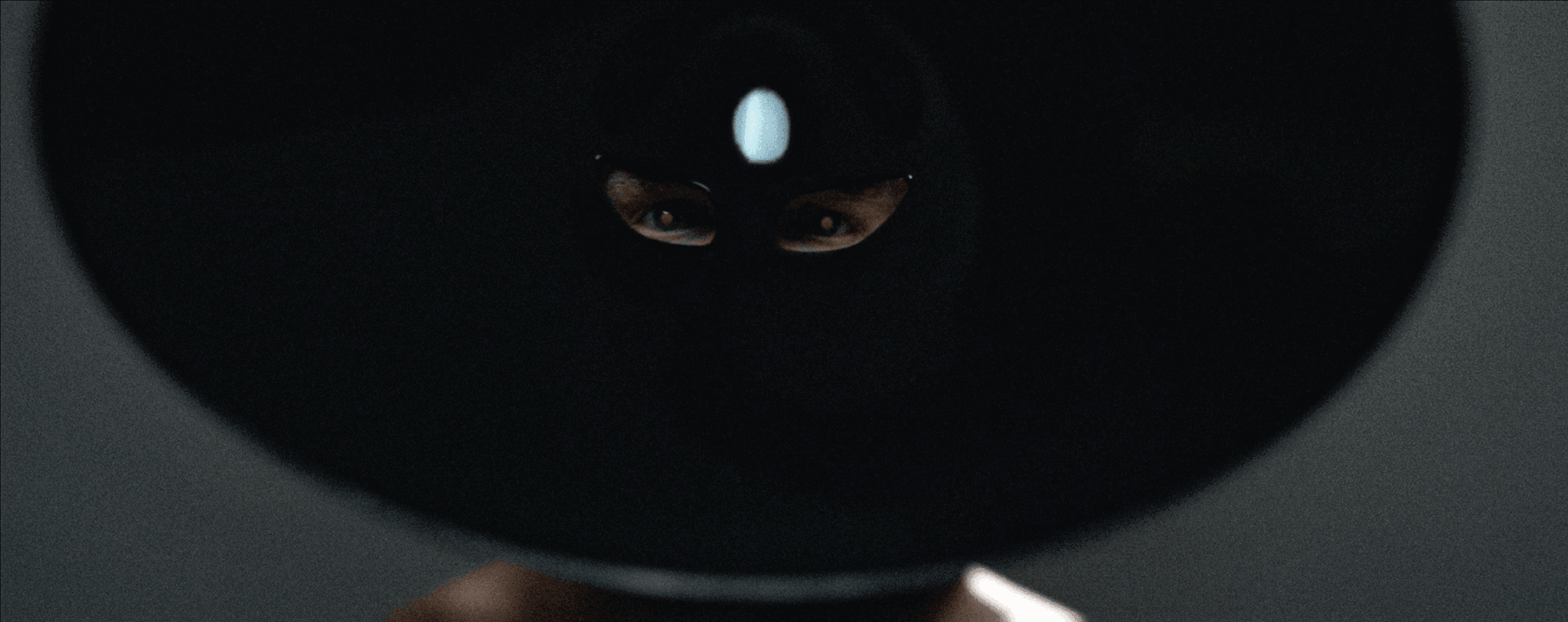
Image Credits
Caleb Gridley


